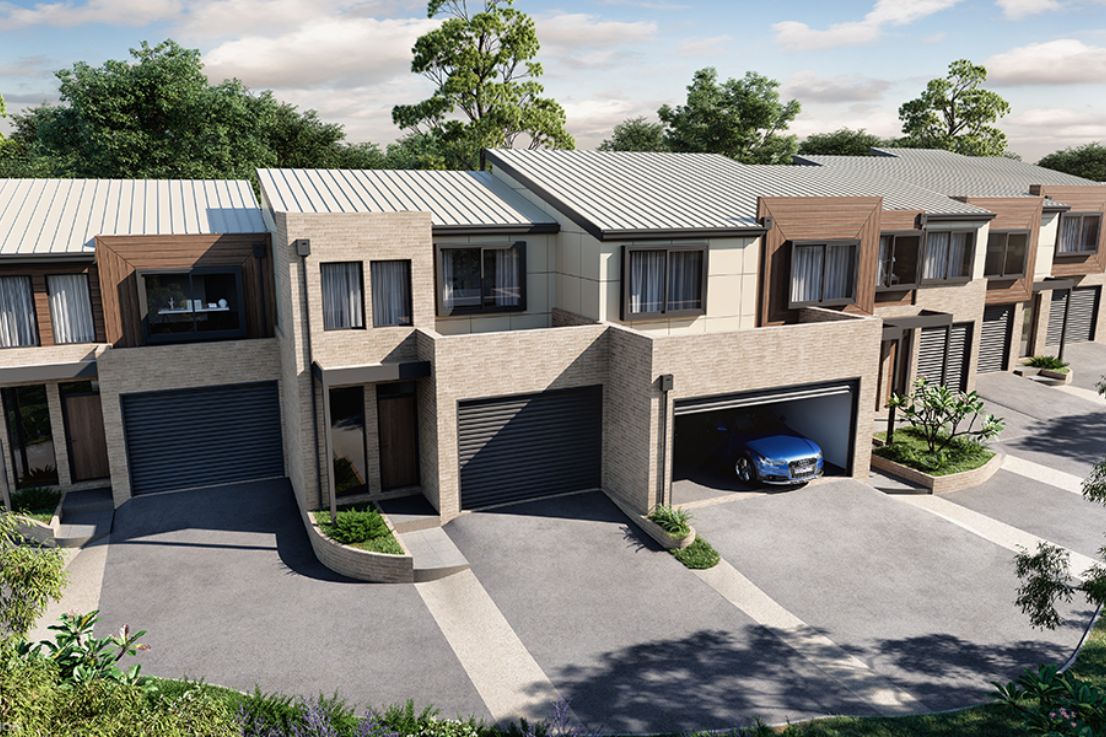
Sustainability

At BY Projects, whether we are creating an architecturally designed house or providing a commercial architect service in Melbourne we strongly encourage all of our clients to embrace sustainable building practice. We design ecologically integrated sustainable buildings because we care about the environment, the community and the built form.
In sustainable architecture, the term sustainability refers to the philosophy of designing the built environment to comply with the fundamental principles of social, economic, and ecological sustainability. By regulation, all residential buildings must adhere to a 7-star energy rating and commercial buildings to their maximum Green Star ratings. However, we endeavour to look to creating carbon zero buildings.
Being the best go green architects in Melbourne, we also provide Sustainable Building Statements, Storm Water Ratings and BESS Reports.

Passive Solar Design
Sustainable architects in Melbourne build buildings that are designed in response to climate and local conditions to be more comfortable and cheaper to live in. Local conditions such as solar access, slope, prevailing winds, and trees offer advantageous solutions for passive heating, cooling, and ventilation. By siting and orientating new buildings optimally around these conditions, the built form will naturally achieve comfort. It’s possible that when passive design principles are utilised to their fullest extent, no active heating or cooling systems will be required.
Materials
The primary factor to consider when selecting materials is embodied energy. As the best sustainable architects in Melbourne, we use a responsible materials that are naturally occurring, renewable or recycled. Locally sourced materials reduce transport-based energy. Insulating well helps to block unwanted summer heat and prevent the escape of warmth during winter. Clever use of materials with high thermal mass such as stone, brick, concrete and rammed earth will stay cooler for longer in summer and hold heat longer in winter. Recycling and waste reduction is achieved during the construction process via working collaboratively with the builder.
Costs
Depending on the extent of passive design principles employed, you can expect build costs to be marginally higher. However, the increased build costs must be balanced against lower occupancy costs and the benefit of passive design. As an example, consider a 7-star standard house vs a 7-star passive solar house. Where the standard house has not taken advantage of passive heating/cooling solutions, it must make up for it with higher performance double glazing and insulation, resulting in increased building costs.
Energy
Before considering producing energy on-site, consider reducing the energy demand. Passive design goes a long way in minimising energy demand, and this is furthered by selecting energy efficient household appliances. A few renewable energy production options include wind and hydro power. However in Australia, solar (PV) panels are the most common option as they can pay for themselves through energy production within 3-5 years!
Water
Similar to energy, reducing water demand is the first step. This can be achieved with low flow taps and showerheads, and efficient (WELS rated) appliances and toilet cisterns. The next step is retaining water on-site. Rainwater is collected from roofs and stored in above or below ground tank systems. This can be used for flushing toilets or even treated for drinking water. Storm water will potentially run off-site and pollute local waterways and drains. But instead, it can be retained on-site with rain gardens and permeable materials. Greywater from household appliances can be collected and treated on-site for watering gardens.
Beyond 7 Star
At By Project architecture, we offer the best sustainable architect service in Melbourne. And we provide a hierarchy of options for sustainable development ranging from 7-star, green buildings, net-zero carbon, all the way through to carbon positive buildings. 7-star energy ratings are a minimum requirement under the Australian Building Code. Carbon zero buildings challenge the norm of buildings as consumers by producing more water and energy than they consume.
Testimonials
Barbara, Howard and the team designed a wonderful extension to my late 1960s Melbourne home, ran the tender process to find me a builder, and superintended the build contract.
The design process that Barbara took me through was comprehensive, well-considered and highly collaborative, and the resulting extension and renovation was incredibly well-tailored to my specific needs and desires.
The tender process was similarly well-run, and we ended up choosing a builder that Barbara had worked with many times before and recommended. The recommendation was a great one and the entire build ran very smoothly, with the many quirks arising in a typical renovation being dealt with intelligently and with no fuss.
During the entire time I worked with them, Barbara and her team went over-and-above to keep me happy. As a result of their attention to detail and their focus on customer service, they ensured that what can often be a stressful time was actually a pleasure. I cannot thank them enough and would work with them again in a heartbeat.
She drew plans for a beautiful house for us which fulfilled everything we wanted while adding such flair and style that we never could have imagined ourselves.
I was so glad to have her and her team on my side throughout the build process, as we would have struggled to advocate for ourselves (or even notice) mistakes or defects by the builder.
Overall, we just couldn’t be happier with the final result.
The project ran very smoothly from receiving the plans, to handover day.
Barbara pays very close attention to detail and takes great pride in her work.
We look forward to working with BY again on future projects.
I would highly recommend them.
Barbara worked with us closely to ensure all design requirements were achieved to exceed market expectations. All permit requirements were managed in a professional and timely manner, and all processes were met on time and on budget.
The finished buildings were outstanding and the realized sales well above market expectations.
We highly recommend BY Projects Architecture for their Design sense and construction experience.

QUICK LINKS
CONTACT
Suite 4, 86 Wellington St Collingwood VIC 3066
03 9663 8331
Popular SearchesHide Popular Searches
Services
- Residential Architect Melbourne
- Residential Architecture Company
- Commercial Architects Melbourne
- Apartment Architects Melbourne
- Home Architects Melbourne
- Renovation Architect Melbourne
- Architects Melbourne Residential Extensions
- Contemporary Architect
- Green Architects Melbourne
- Sustainable Architects Melbourne
- Eco Architects Melbourne
- Sustainable Design Architecture
- Health Architects Melbourne
- Heritage Residential Architects Melbourne
- Heritage Architects Melbourne
- Interior Architects
- Small House Architecture
- Social Housing Architect
- Small Apartment Architecture
- Townhouse Architecture
- Low Cost Small House Design
- Beach House Architecture
- Beach House Design
- Coastal Architecture
- Period Home Architects Melbourne
- Period Home Renovations Melbourne
- Building Designer Melbourne
- Aged Care Architects Melbourne
- House Design Melbourne
- Kitchen Designers Melbourne
- Bathroom Designers Melbourne
- Interior Design Renovation
- Building Designer Malvern
- Building Designer Mount Eliza
- Building Designers Mornington Peninsula
- Home Renovation St. Kilda
- Kitchen Renovation Malvern East
- Apartment Renovations Melbourne
- Home Renovation Melbourne
- Property Renovations Melbourne
- Renovation Melbourne
Service Areas
- Melbourne Architects
- Architecture Firm Melbourne
- Architects In Melbourne
- Architects in Melbourne CBD
- Architects In Victoria
- Architects In Richmond
- Architects Prahran
- Architects Hawthorn
- Architects South Yarra
- Architects Mornington Peninsula
- Architects In Ballarat
- Architects Footscray
- Architects Brighton
- Architects Albert Park
- Architect Williamstown
- Northcote Architects
- Architects Collingwood
- Bathroom Renovations Middle Park
- Architects South Melbourne
- Architects Northern Suburbs Melbourne
- Architects East Melbourne
- Architects Eastern Suburbs
- Architects Western Suburbs Melbourne

